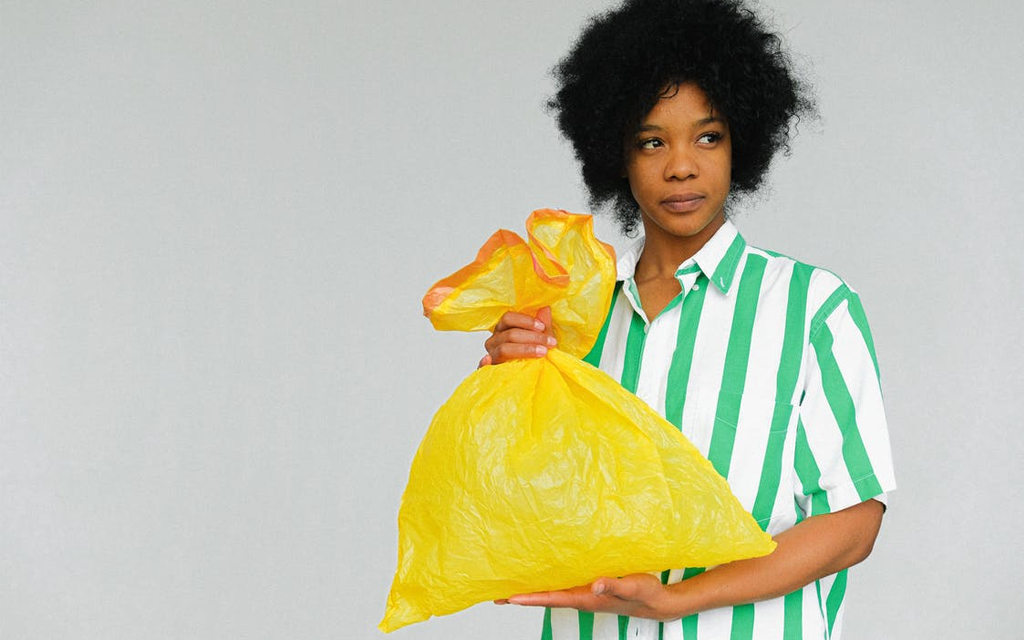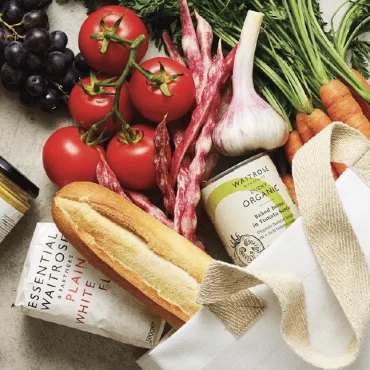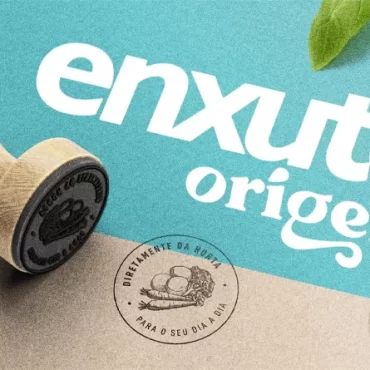Reverse logistics: why do brands need to act now?

Get inspired
Images of garbage islands sailing across the Pacific Ocean have triggered a warning signal across the world. If we don’t change our consumption and disposal habits, by 2050, the oceans will have more plastic than fish, as a study by the Ellen MacArthur Foundation, in partnership with McKinsey, released in 2016 points out. Fortunately, there are many people willing to rethink habits. And it is through reverse logistics that brands can help them in this mission.
Proposing a set of practices and processes for companies to manage the waste generated by their activities, reverse logistics has become a legal requirement in Brazil, especially after the creation of the National Solid Waste Policy in 2010. But, even today, many companies have not structured themselves to meet this demand. What many of them do not know is that reverse logistics, in addition to being mandatory, brings important competitive advantages. Follow our article and learn how to put it into practice!
Why implement reverse logistics?
The production of waste has generated concern in several parts of the world. In England, 46% of consumers feel guilty for the amount of plastic they use and 82% are taking measures to reduce the volume they throw away, according to data released by the research agency YouGov in 2019. In Brazil, a Dow Chemical survey, pointed out that in 2019 ? of the customers are favorable to the use of plastic, but believe that measures are necessary for the correct destination of the material.
Although the garbage issue creates anguish today, it is not a new problem. Since 2010, the National Solid Waste Policy proposes reverse logistics as a process to ensure the return of post-consumer waste and packaging to manufacturing companies. It seems somewhat bureaucratic and costly, right? It is true that these actions require investments, but they also bring many benefits to brands.
The first is the construction and reinforcement of ecological values, after all, sustainability is no longer a differential, but a must. The second is the opportunity to improve production processes and innovate: brands are adopting cleaner technologies, opting for environmentally friendly materials, generating jobs in recycling cooperatives and simplifying the reuse of packaging. Finally, reverse logistics contributes to the reduction of raw material costs, since the waste is returned to companies and can be reused.

How to generate value for society through reverse logistics?
To do their part and help consumers in their mission to contribute to waste management, some brands are already using innovative strategies that not only reduce the emission of polluting gases and costs with raw materials, but also generate jobs and training for the community. Look some examples!
1. Encouraging recycling at all links in the chain
One of the most implemented strategies of reverse logistics is to offer the consumer the opportunity to exchange empty packaging for advantageous conditions for the purchase of new products. But encouraging recycling can go beyond inserting collection points at outlets.
Following this idea, Natura – which also owns the brands Avon, The Body Shop and Aesop – launched, in August this year, a program for its own stores. In it, for every 5 packages returned from any brand of the group, consumers receive a new product. The initiative is the result of a partnership with the recycling company TerraCycle, which will be in charge of collecting and disposing of the products. From these materials, utensils such as plant pots and vegetable boxes will be produced.
This initiative dialogues with a series of Natura actions to encourage recycling, such as the Elos Program. Since 2017, it has sought to promote the training of various links in the recycling chain for the recovery of waste in Brazil, Argentina, Peru, Chile and Colombia. According to the brand, through these projects, almost a thousand tons of recycled plastic are used every year in the production of its packaging.

2. Facilitating correct waste management
According to data from the Brazilian Association of Public Cleaning and Special Waste Companies, in 2018, only 3% of the total volume of garbage in Brazil was sent for recycling. Among the reasons raised, there was a lack of funds for the municipalities to implement selective collection programs and the lack of people’s adhesion, both due to the difficulty of accessing the posts and the lack of information. That is why it is so important that brands help consumers to correctly dispose of these materials.
Loop – the first global delivery platform that brings together brands and retailers – delivers the products ordered by consumers and, after use, collects and returns them with the same packaging, clean and refilled. Thus, it facilitates waste management for your audience, reducing the amount of discarded material.
The service became especially attractive in the context of the pandemic, where everyone had to resort to delivery. As Pande’s Chief Creative Officer, Marta Cardoso, said during a conference of the Brazilian Packaging Association (ABRE): “Product packaging needs to bring the brand experience to the customer’s home, but what is the environmental impact of that? We need to deliver practicality and sustainability.”

The correct disposal of waste is a duty of all of us. However, through processes such as reverse logistics, brands can significantly contribute to a more responsible management of these assets, fulfilling their legal responsibility and still gaining opportunities to innovate, reduce costs, generate jobs and collaborate with the environment. The planet thank you!
To receive more insights into the market and innovate in a creative and sustainable way, also follow us on Instagram, Facebook and Linkedin!



